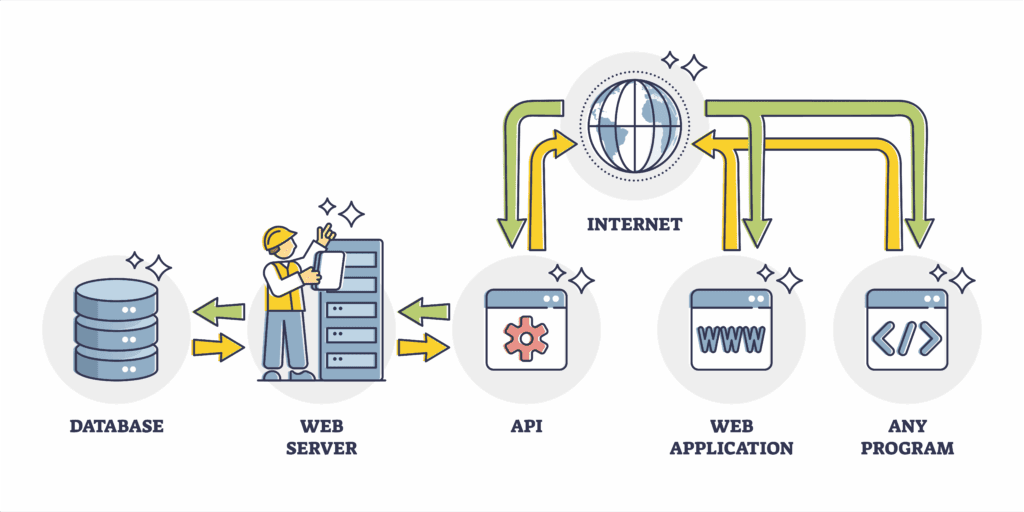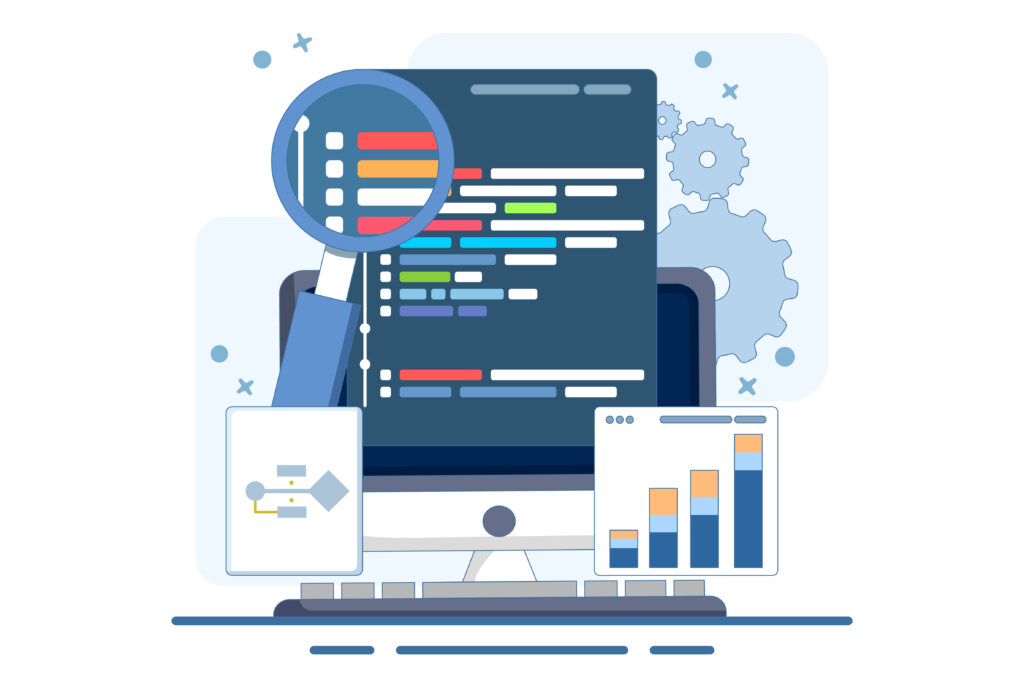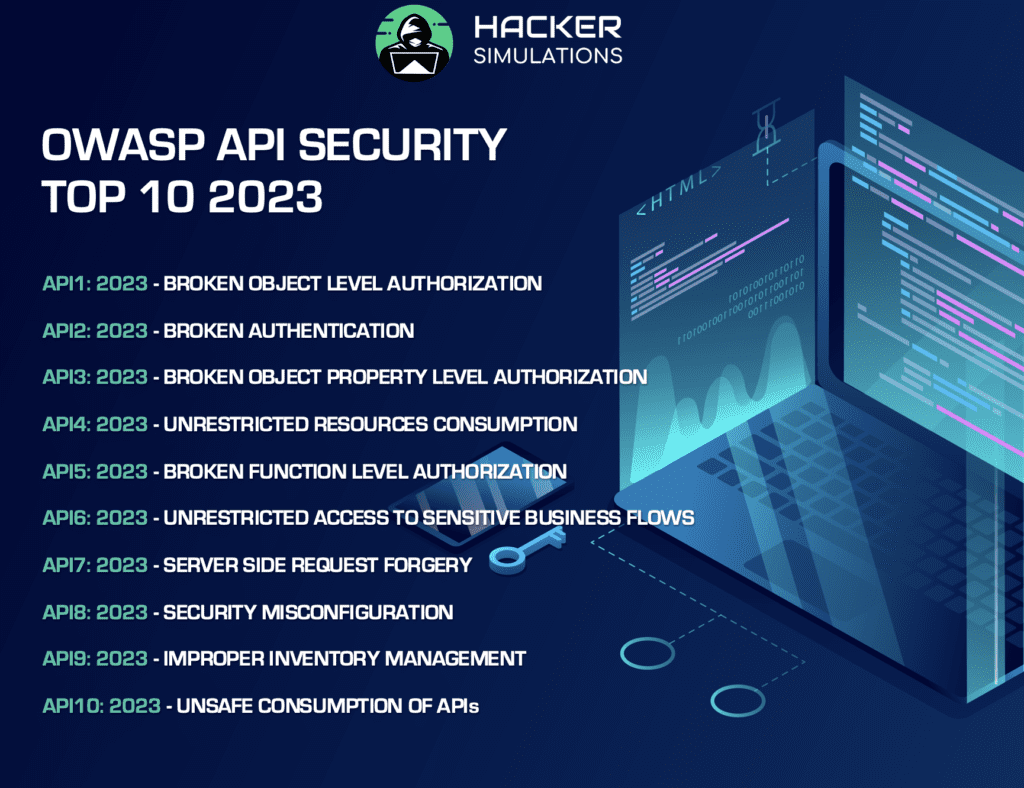APIs are now the backbone of the modern internet. According to recent industry reports, roughly 7 out of every 10 web requests today are API calls.
This surge reflects a shift away from traditional page-centric traffic: Akamai notes that over 83% of traffic on its platform is API-driven, and Imperva finds that 71% of all web requests in 2023 were API calls. With infrastructure becoming increasingly API-centric, the stakes of securing these interfaces have never been higher.

The Rising Risk of APIs
The explosion of APIs has expanded the potential attack surface at an unprecedented scale. Enterprises now routinely operate hundreds of APIs; one study reports an average of 613 active endpoints per organization. This complexity translates into mounting incidents: in a recent survey, 84% of companies experienced an API security incident in a single year, and 57% report an actual data breach via an API in the last two years. (For context, Gartner estimates API breaches often leak an order of magnitude more data than typical web exploits.) This means misconfigurations or logic flaws in APIs can lead to data exposure on a huge scale.

High-profile breaches underline the risk. For example, a 2019 Facebook breach exposed data on 533 million users via an unsecured API, and in 2023 a misconfigured T-Mobile API led to the leak of data on 40 million subscribers. Other recent incidents (such as Dell’s 49 million-record leak in 2024) similarly stemmed from API vulnerabilities, underscoring how easily attackers can grab large amounts of user data. These real-world cases illustrate that API flaws are not theoretical – they are major security incidents that can cost organizations billions and turn into urgent headlines.
Why Automated Scanners Aren’t Enough?
Many organizations rely on automated scanning tools to test their APIs, but these tools have well-known blind spots. Automated scanners excel at detecting common, known issues (for example, SQL injection or misconfiguration patterns), but they struggle with complex, context-dependent problems. For instance, business-logic flaws, unintended application behaviors, are typically invisible to generic tests and require human reasoning to detect. Similarly, chained multi-step exploits (where a vulnerability is only exploitable through a sequence of calls) cannot be discovered by a one-off scan. Even access-control mistakes (like misassigned user roles) or forgotten “shadow” APIs often evade automatic checks. In short, many high-impact vulnerabilities lie outside the detection capabilities of standard scanners.

Practically speaking, this means relying solely on automated testing leaves critical gaps. Hidden or deprecated endpoints escape crawler-based tools, and custom zero-day flaws have no signature to match. In our experience, penetration tests routinely uncover serious issues that scanners flagged as “safe”, for example, broken authorization logic or sensitive data leaks that only emerge under specific conditions. In other words, while automated tests help with broad coverage, they cannot substitute the creativity and context-driven analysis provided by a skilled human tester.
Human-Powered API Penetration Testing
Given these limitations, expert human analysis is essential. Hacker Simulations offers human-powered API penetration testing to uncover vulnerabilities that machines miss. Our certified security engineers use industry-standard methods (including the OWASP API Top 10) but go further by thinking like attackers.

We perform dynamic, interactive testing of APIs, altering parameters, chaining requests, and probing for logic errors, in ways only a person can. For example, our testers will intentionally abuse business workflows, test permission boundaries, and even reverse-engineer undocumented API calls to see if any sensitive function is exposed.
Key advantages of our human-driven approach include:
- Context-aware exploration: Testers understand the business logic behind APIs and deliberately try to violate it, finding flaws no generic tool would detect.
- Creative attack chaining: Instead of one-off queries, humans combine multiple requests in sequence (for instance, logging in as one user then switching to another endpoint) to reveal multi-step vulnerabilities.
- Complete coverage: Beyond endpoints listed in documentation, we actively hunt for hidden or forgotten APIs (often lurking in code or traffic) and test them thoroughly.
- Risk-prioritized findings: By understanding business impact, we identify which vulnerabilities pose the greatest threat (such as broken access control on critical data) and help you fix those first.
This blended approach, automated scanning plus manual pentesting, provides a far more complete security evaluation. In numerous engagements, our teams have uncovered significant issues (like improper authentication flows or excessive data exposure) that the client’s own scanners had missed. By choosing Hacker Simulations, organizations gain not only a detailed vulnerability report, but also expert guidance on how to fix problems before attackers do.
Conclusion and Next Steps
APIs dominate today’s web traffic and functionality, so securing them is paramount. Automated tools are useful but inherently limited; only human expertise can fully exercise complex APIs and logic paths. Hacker Simulations specializes in finding those elusive flaws with expert API pen tests tailored to your environment. Our process uncovers hidden weaknesses and provides clear, actionable remediation advice. Don’t wait for a costly breach to expose gaps.
Schedule a free consultation today to consult with our team, assess your API attack surface, and strengthen your defenses.
Sources:
- https://www.akamai.com/blog/security/api-discovery-and-profiling-visibility-to-protection
- https://www.imperva.com/resources/resource-library/reports/the-state-of-api-security-in-2024/
- https://thehackernews.com/2024/03/apis-drive-majority-of-internet-traffic.html
- https://www.akamai.com/newsroom/press-release/new-study-finds-84-of-security-professionals-experienced-an-api-security-incident-in-the-past-year
- https://www.traceable.ai/2025-state-of-api-security
- https://www.invicti.com/blog/web-security/vulnerability-scanner-limitations/
- https://www.qable.io/blog/api-security-testing-a-comprehensive-guide
- https://salt.security/resources/top-10-api-data-breaches


